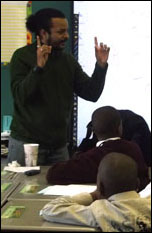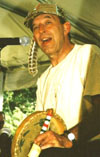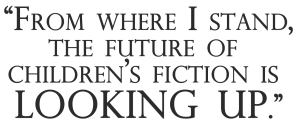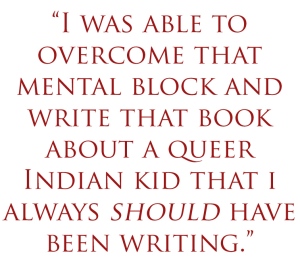
 Guest blogger Katie Cunningham is an Assistant Professor at Manhattanville College. Her teaching and scholarship centers around children’s literature, critical literacy, and supporting teachers to make their classrooms joyful and purposeful. Katie has presented at numerous national conferences and is the editor of The Language and Literacy Spectrum, New York Reading Association’s literacy journal.
Guest blogger Katie Cunningham is an Assistant Professor at Manhattanville College. Her teaching and scholarship centers around children’s literature, critical literacy, and supporting teachers to make their classrooms joyful and purposeful. Katie has presented at numerous national conferences and is the editor of The Language and Literacy Spectrum, New York Reading Association’s literacy journal.
As we unravel the tragic events that took place in Newtown, CT, I am reminded of the dedication Jan Spivey Gilchrest wrote in When The Horses Ride By: Children in the Time of War:
For the beautiful, powerful and courageous children of the world, you are far more than dolls and toy trucks. You are real people only smaller. Know that we are here to love you, listen to you, respect you and protect you.
Gilchrest’s words remind us as educators, parents, and writers that there is great beauty and strength in the children who fill our lives. As the process of healing begins, stories can remind us of just how beautiful, powerful, and courageous children are. Stories can celebrate the simple acts of care people bestow on one another. Stories can, in turn, inspire acts of kindness.
Every semester I ask my students to consider how they will use children’s literature to help their own young students understand traumatic events. Rather than turning to texts that offer generic historical accounts, I find my students selecting stories that center the human spirit. The Classroom Bookshelf has generated a wonderful book list for supporting children with grief and loss. It’s a resource to turn to in the days and weeks ahead as we come together to grieve and to take action. As we move forward as a nation, we will also need books that celebrate children and the power of love and remind us to give thanks. The following books are stories that I continue to come back to as I work alongside teachers. Consider how these and other stories can provide comfort and build a community of care in your classroom. Let’s continue to recognize what’s most important in our classrooms—the children, their stories, and stories that inspire them.
Continue reading →
 In light of our grant from First Book we asked our authors to reflect on why diverse books are
In light of our grant from First Book we asked our authors to reflect on why diverse books are ![]() important. Guest blogger, author/poet Tony Medina talks about growing up in the projects without books and later as an author witnessing the true power of connecting multicultural books with children of color.
important. Guest blogger, author/poet Tony Medina talks about growing up in the projects without books and later as an author witnessing the true power of connecting multicultural books with children of color.



 In light of our recent grant from
In light of our recent grant from 


 Guest blogger Katie Cunningham is an Assistant Professor at Manhattanville College. Her teaching and scholarship centers around children’s literature, critical literacy, and supporting teachers to make their classrooms joyful and purposeful. Katie has presented at numerous national conferences and is the editor of The Language and Literacy Spectrum, New York Reading Association’s literacy journal.
Guest blogger Katie Cunningham is an Assistant Professor at Manhattanville College. Her teaching and scholarship centers around children’s literature, critical literacy, and supporting teachers to make their classrooms joyful and purposeful. Katie has presented at numerous national conferences and is the editor of The Language and Literacy Spectrum, New York Reading Association’s literacy journal.